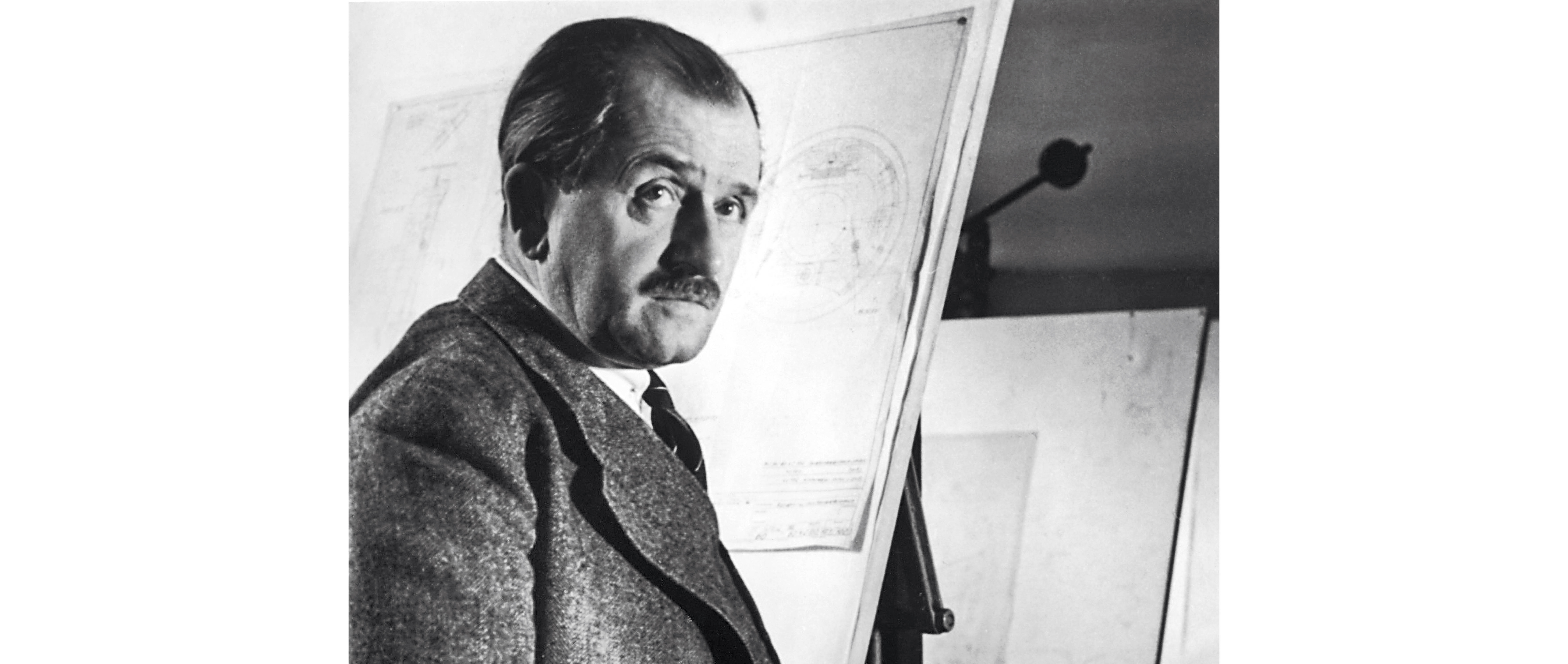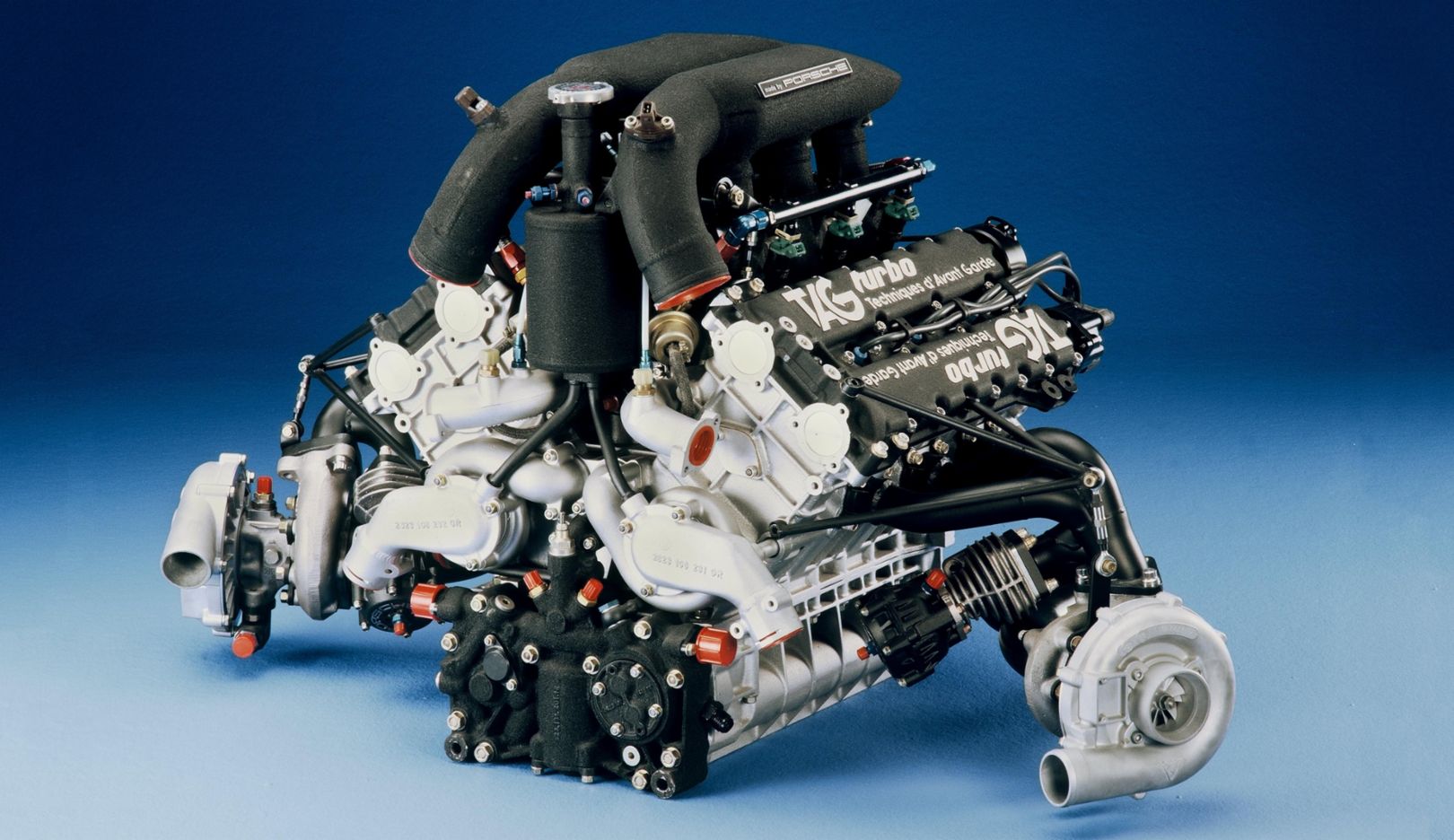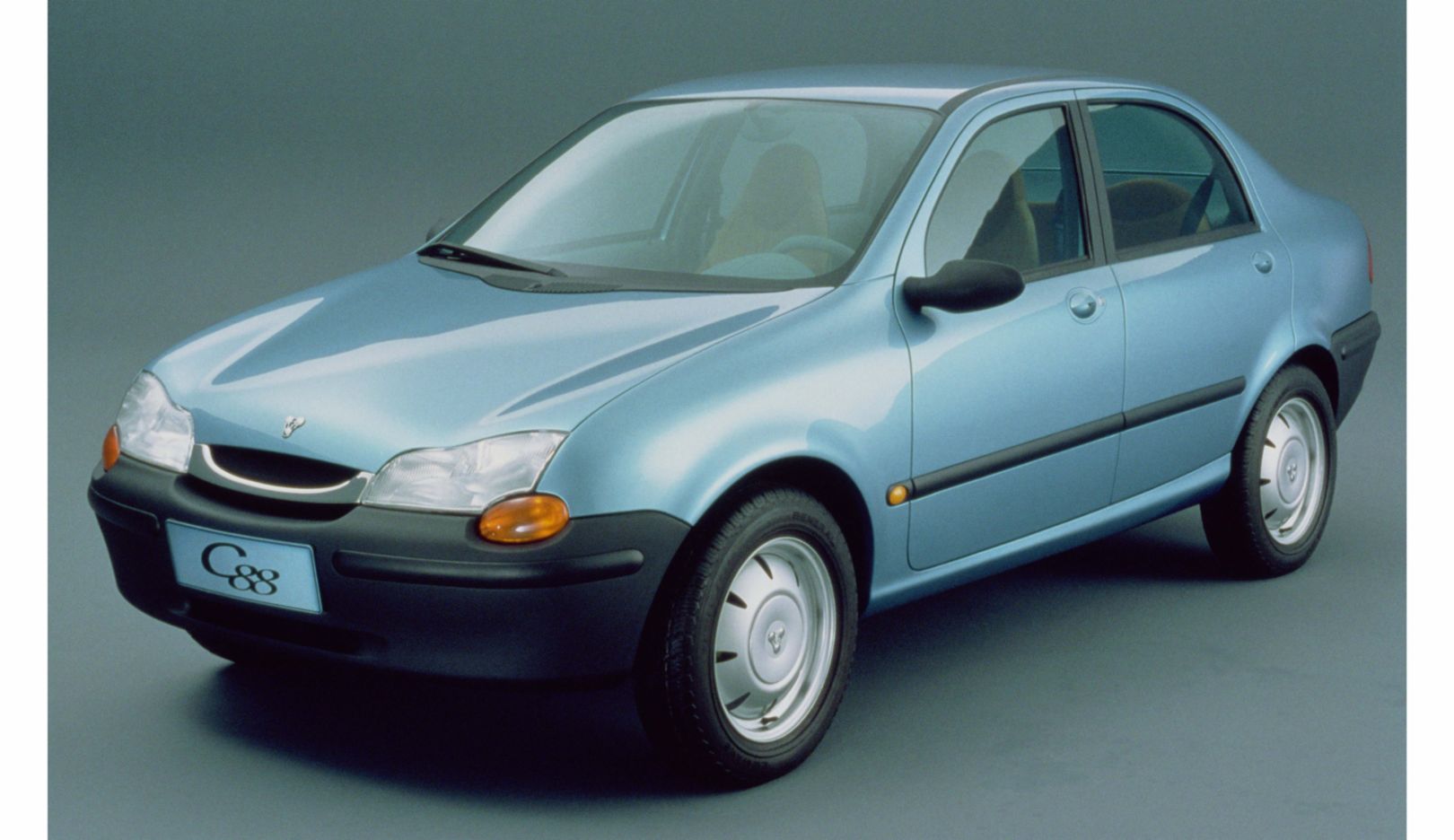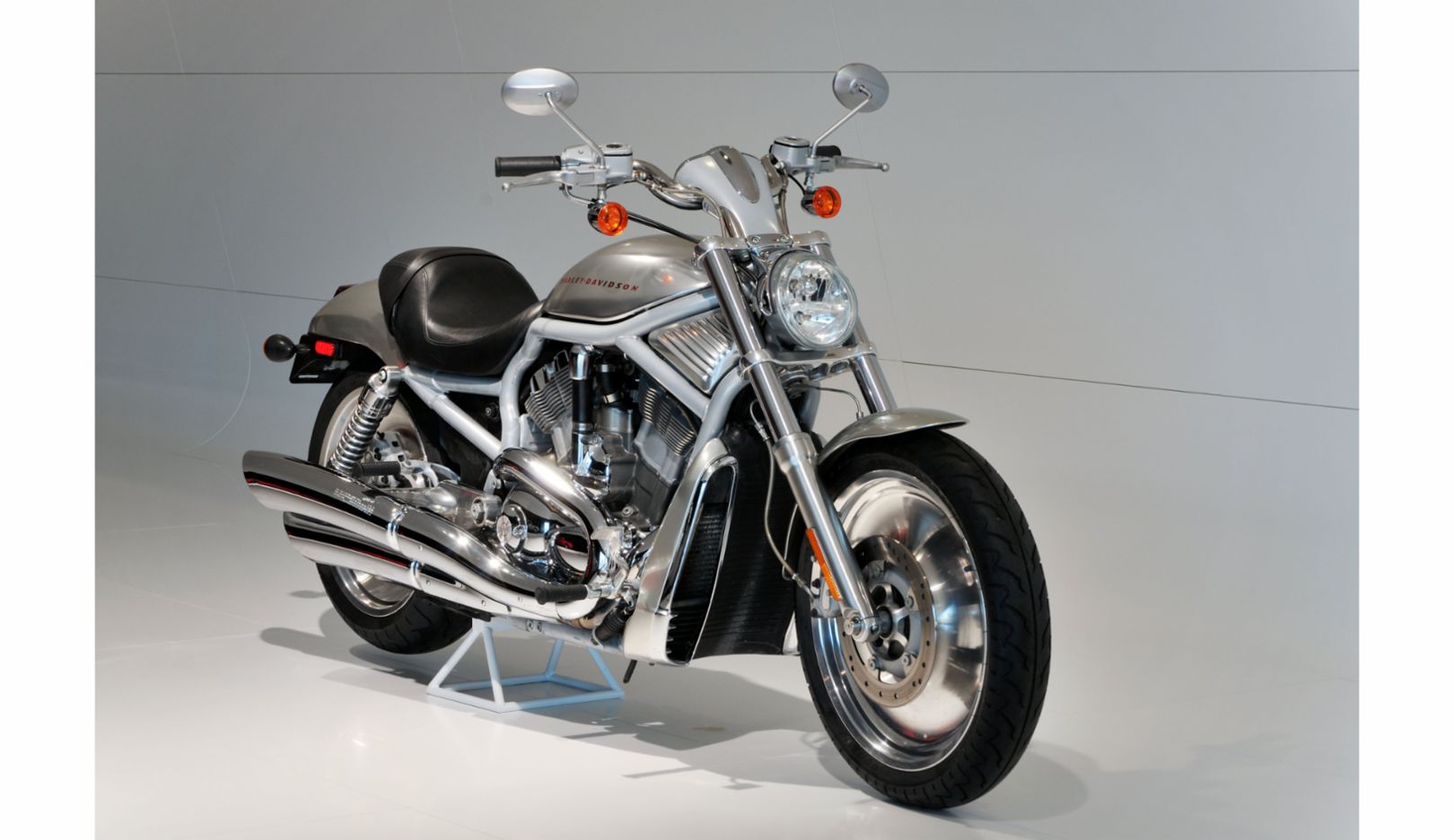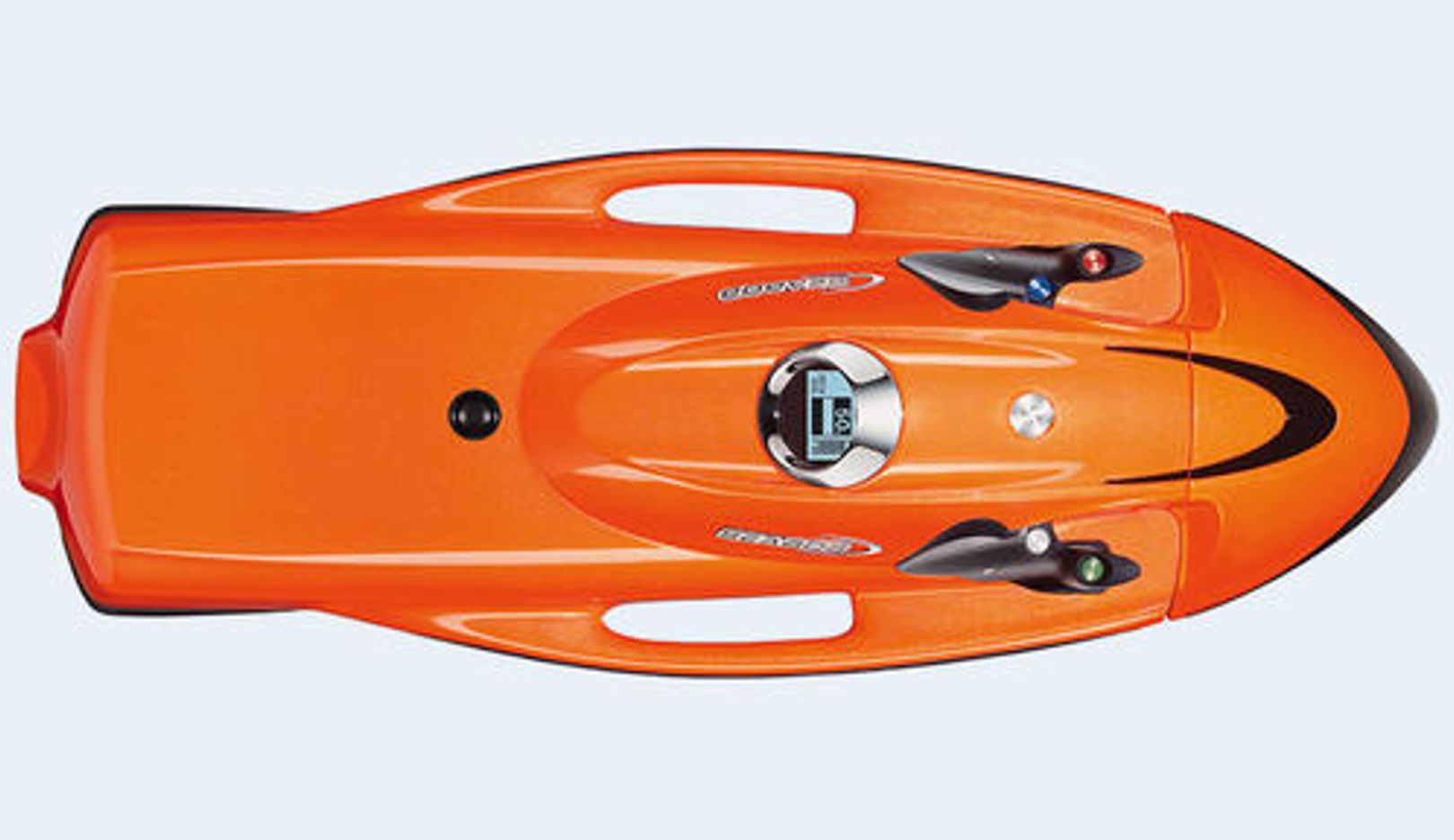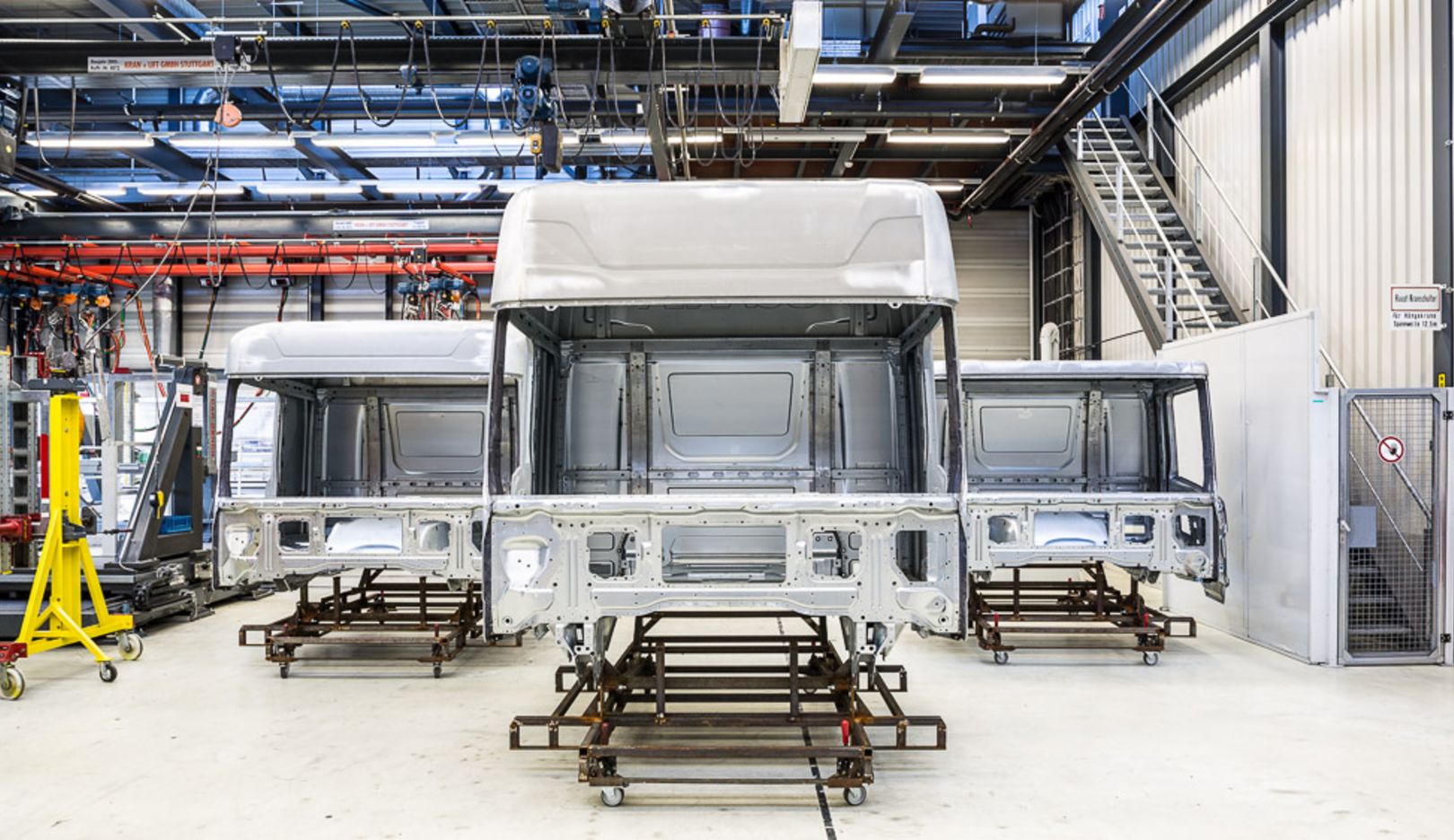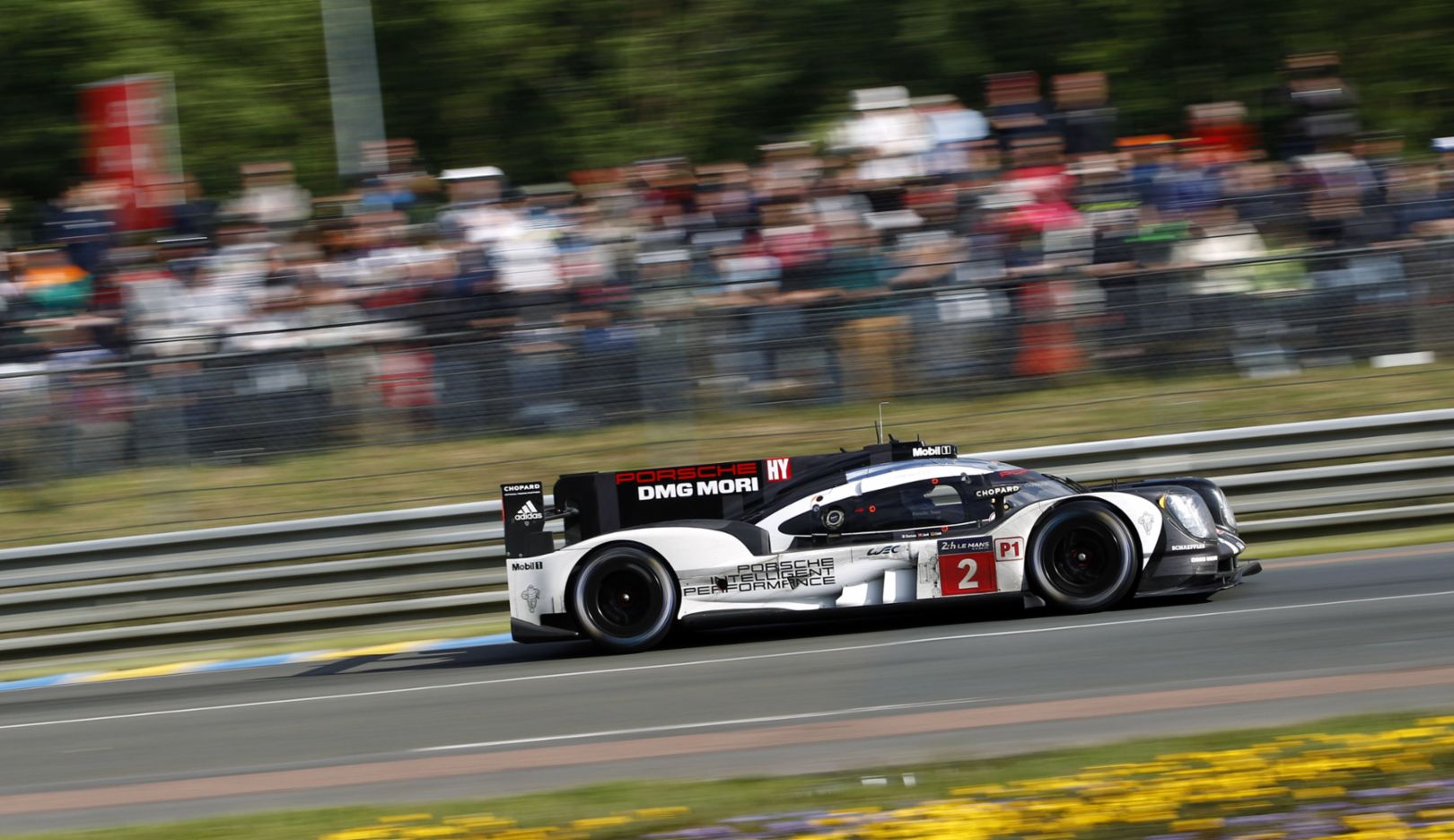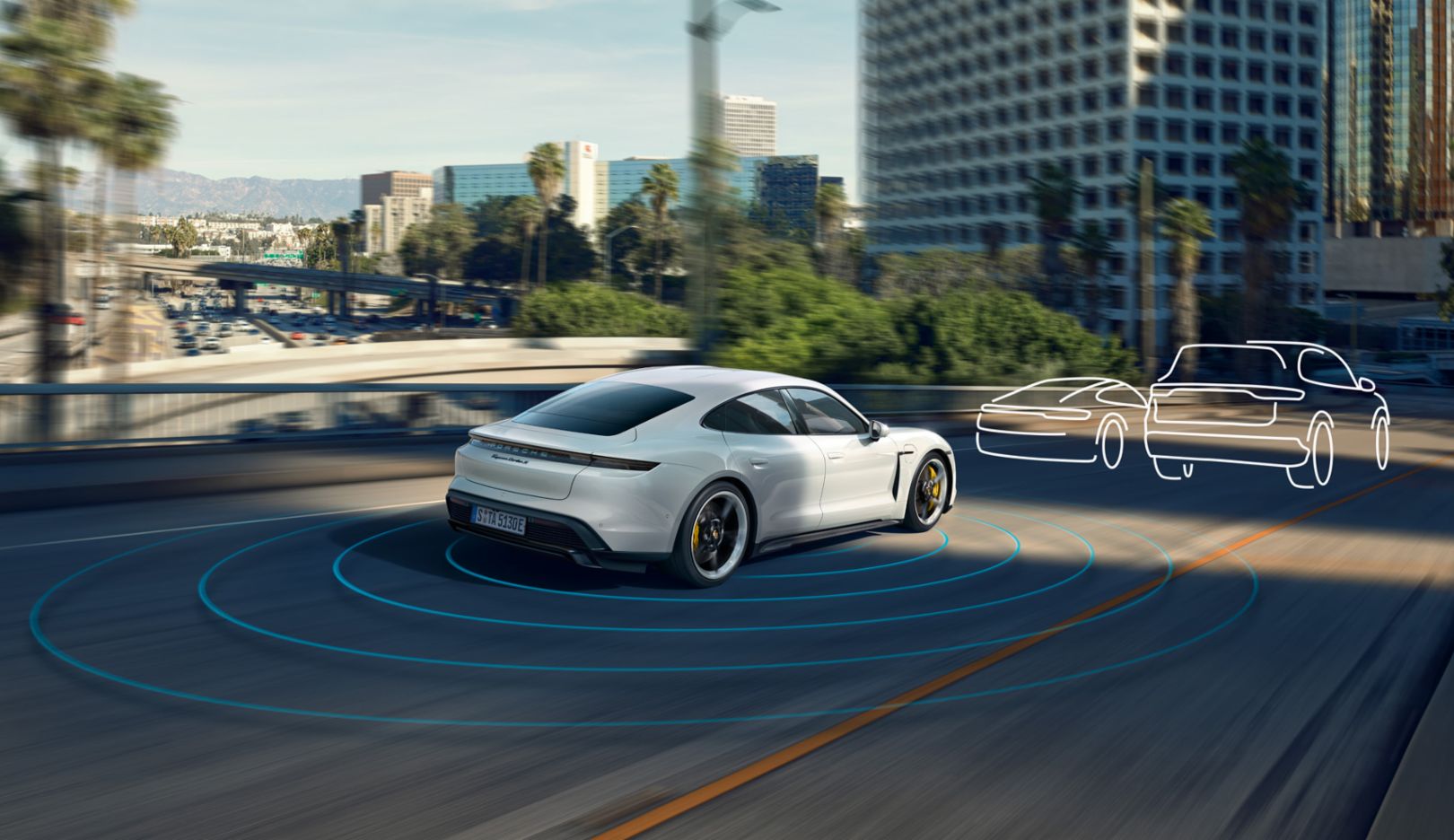How It All Began
Ideas and innovation have been the hallmarks of Porsche since the company was founded exactly ninety years ago. Back then, Ferdinand Porsche and his team developed groundbreaking projects commissioned by customers. Porsche Engineering is successfully continuing this tradition.
It took courage and self-confidence to strike out on one’s own in those trying times. Ferdinand Porsche demonstrated both in full measure when he founded his Stuttgart design office in the midst of the Great Depression. The “Dr. Ing. h.c. F. Porsche Gesellschaft mit beschränkter Haftung, Konstruktion und Beratung für Motoren und Fahrzeug” company, headquartered at Kronenstraße 24 in Stuttgart, was entered in the commercial register on April 25, 1931. The office was the forerunner of today’s Porsche AG and the origin of Porsche customer development, both of which have operated under the umbrella of Porsche Engineering Group GmbH since 2001.
The tale of how a provider of design services became an independent development firm and later a world-renowned company with operations around the globe is one of the great success stories in automotive history.
Before settling in Stuttgart with his own company at the age of fifty-five, Ferdinand Porsche had been responsible for the development of pioneering models at leading automobile manufacturers, including Daimler-Motoren-Gesellschaft in Stuttgart (Daimler-Benz AG from 1926), for almost a quarter of a century. After a short stint with Steyr in Austria, he returned to the Swabian automotive hotbed and in 1931 assembled a crack team of seasoned technicians and engineers. Nearly all of them had followed him from his former stomping grounds. They were among the best of their time. Chief engineer Karl Rabe, for example, who became Porsche’s right-hand man as head designer. Or transmission expert Karl Fröhlich and engine specialist Josef Kales. Later, body developer Erwin Komenda and engine expert Franz Xaver Reimspieß joined their ranks. Porsche’s son Ferry was in the mix as well. Even as a child, he had been inspired by his father’s ingenuity: “He was always seeing new horizons,” Ferry later said, “and always creating automobiles that were ahead of their time.”
“He was always seeing new horizons and always creating automobiles that were ahead of their time.” Ferry Porsche
Ferdinand Porsche was already a well-established player by the time he founded the office, but he too had to fight for orders during the Depression. The wages for the initial nineteen employees often consisted of room and board, nothing more. Chemnitz-based Wanderer was among the first clients. Porsche’s team developed a complete mid-range sedan that would later go into series production as the Wanderer W21/22 as well as a straight eight-cylinder engine for the Saxon manufacturer. Development jobs for other manufacturers of chassis and steering elements would follow. It would prove to be an advantage that Porsche’s technically adept team covered the full spectrum of vehicle technology, always motivated by the ideas of the founder. “Ferdinand Porsche was not a bookish man,” writes historian Wolfram Pyta, “but a technician, driven by a restless fervor in continual pursuit of the optimal technical solution.”
The big breakthrough came in early 1933 from the recently founded Auto Union in Saxony: Porsche was commissioned to design a completely new type of race car. The job was the fruit of many years of discussions. At the time, it was the most demanding task that a vehicle designer could possibly undertake. The new Grand Prix formula limited the curb weight of the race cars to 750 kilograms, but otherwise set few technical restrictions. Originally dubbed the P race car—“P” for Porsche—the design would prove to be a stroke of genius. The legendary Silver Arrow from Auto Union boasted a sixteen-cylinder engine mounted directly behind the driver for optimal distribution, a construction that is still successful in motor racing today. Motorsport “laid the foundation for the rapid ascent” of the company, notes historian Pyta. The importance of the commission in the history of the company is “impossible to overestimate.” Motorsport remains a part of the brand core of Porsche to this day.
A second labor of love for the visionary designer would come to play an equally important role. In late 1932, the office had worked on the development of the Type 12 small vehicle for motorcycle manufacturer Zündapp. The job offered Porsche the opportunity to engage with a topic that had occupied him for many years: as far back asthe 1920s, he had designed small cars and dreamed of building a small, lightweight, and widely affordable model. It should be spacious, comfortable, and sufficiently powerful. With a rear engine and a streamlined body, today the Porsche Type 12 commissioned by Zündapp resembles nothing so much as the original forebear of the Volkswagen, later better known as the VW Beetle. Due to the Depression, however, the motorcycle manufacturer ultimately opted against series production. With the Type 32, Porsche designers developed a car with quite similar characteristics for NSU.
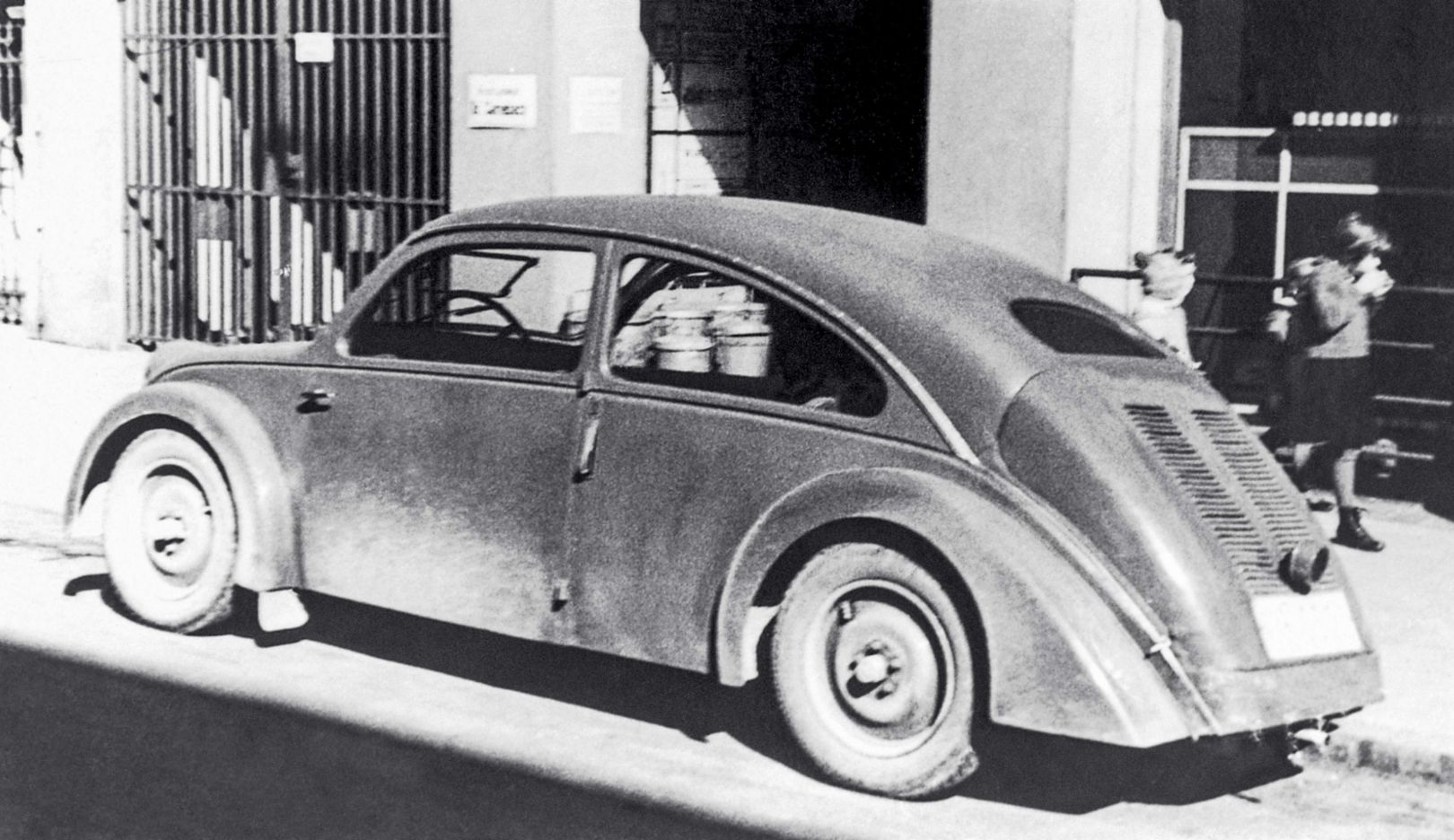
Early customer developments
The Porsche Type 32 for NSU in front of Kronenstraße 24 in Stuttgart.The project would be continued in 1934, when Porsche was commissioned by the Reichsverband der Deutschen Automobilindustrie (German Reich Automobile Industry Association) to design and build the Volkswagen. The design envisioned a modern, streamlined body with four seats and a four-cylinder boxer engine in the rear. This drive principle was later utilized not only millions of times in the Beetle, but also served as the model for Porsche sports cars.
Though they had primarily worked at the drawing board previously, with the Volkswagen commission the design office would become a development and testing operation as well. The first prototypes were built in the garage of the Porsche grounds at Killesberg Hill in Stuttgart, but much more space would soon be needed. In 1937, the company therefore acquired a roughly three-hectare property in the Stuttgart district of Zuffenhausen and built its first factory there.
Just over ten years later, the first sports car to bear the family name—the Porsche 356—would be produced there. Developments for customers remained one of the pillars of the company’s success in the decades to follow.
In 1961, Ferry Porsche laid the foundation for the testing grounds in Weissach, which were initially mainly used for suspension testing. Over the years, key facilities such as the wind tunnel, crash facility, engine test benches, and exhaust testing centers were added. The company still uses these facilities today, including in the execution of complex customer developments—and not just in the automotive sector.
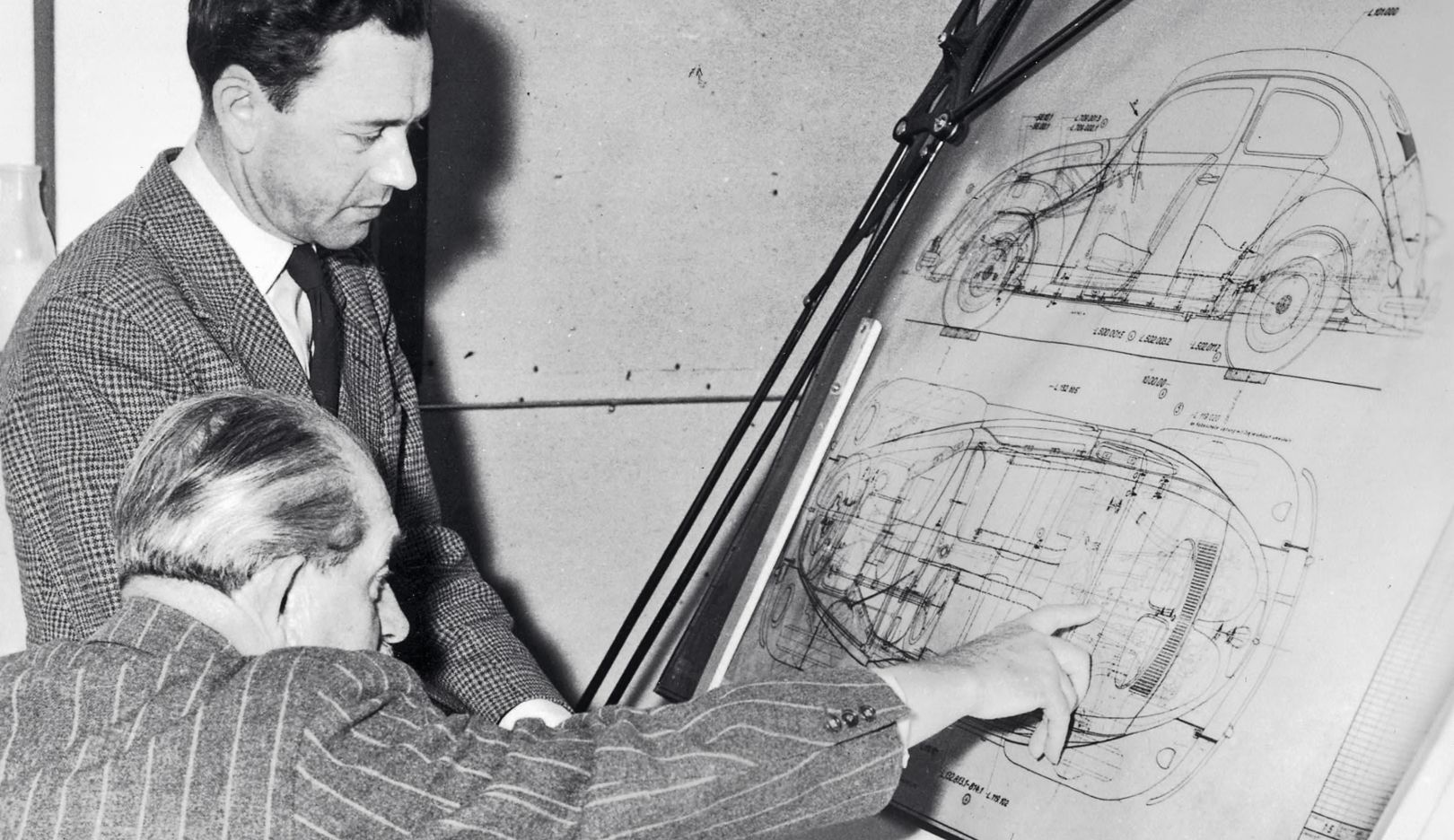
1950 in Zuffenhausen
Ferry Porsche and his father Ferdinand in front of an engineering drawing of the VW Beetle.In 1981, for example, Porsche worked together with aircraft manufacturer Airbus to design a groundbreaking cockpit layout for commercial aircraft. For the first time, monitors were used instead of analogue instruments. Porsche engineers received a particularly spectacular commission in 1983, when British racing team McLaren wanted a Formula One engine. The TAG turbo engine for the McLaren MP4 with 1.5 liters of displacement and up to 1,000 horsepower carried the customer to three titles. Another visionary project was the C88 concept car—essentially a Volkswagen for the Chinese market. Porsche presented the model in three versions in Beijing in 1994: an affordable two-door variant, the standard model, and the four-door notchback luxury version. The development goals were staples of Porsche history—simple production methods, high quality standards, and high vehicle safety.
2001 saw the founding of the central holding company Porsche Engineering Group GmbH, based at the Weissach Development Center. The engineers continue to impress with innovative projects. What once began as a small Stuttgart design office is today a large-scale operation. With some 1,700 employees in Germany, the Czech Republic, Romania, Italy and China, Porsche Engineering has established itself as one of the most renowned and versatile engineering services providers in the world. Clients include the brands of the Volkswagen Group and other carmakers, but also suppliers and companies from other industries. The company’s expertise extends well beyond groundbreaking automotive disciplines, encompassing the latest functional and software developments as well as other fields of digital development. The spectrum ranges from concept, design, prototype construction, testing, production planning, procurement, and logistics to production. Sustainable, environmentally sound, and efficient work are at the core of its identity. A tradition of excellence stretching back ninety years.
